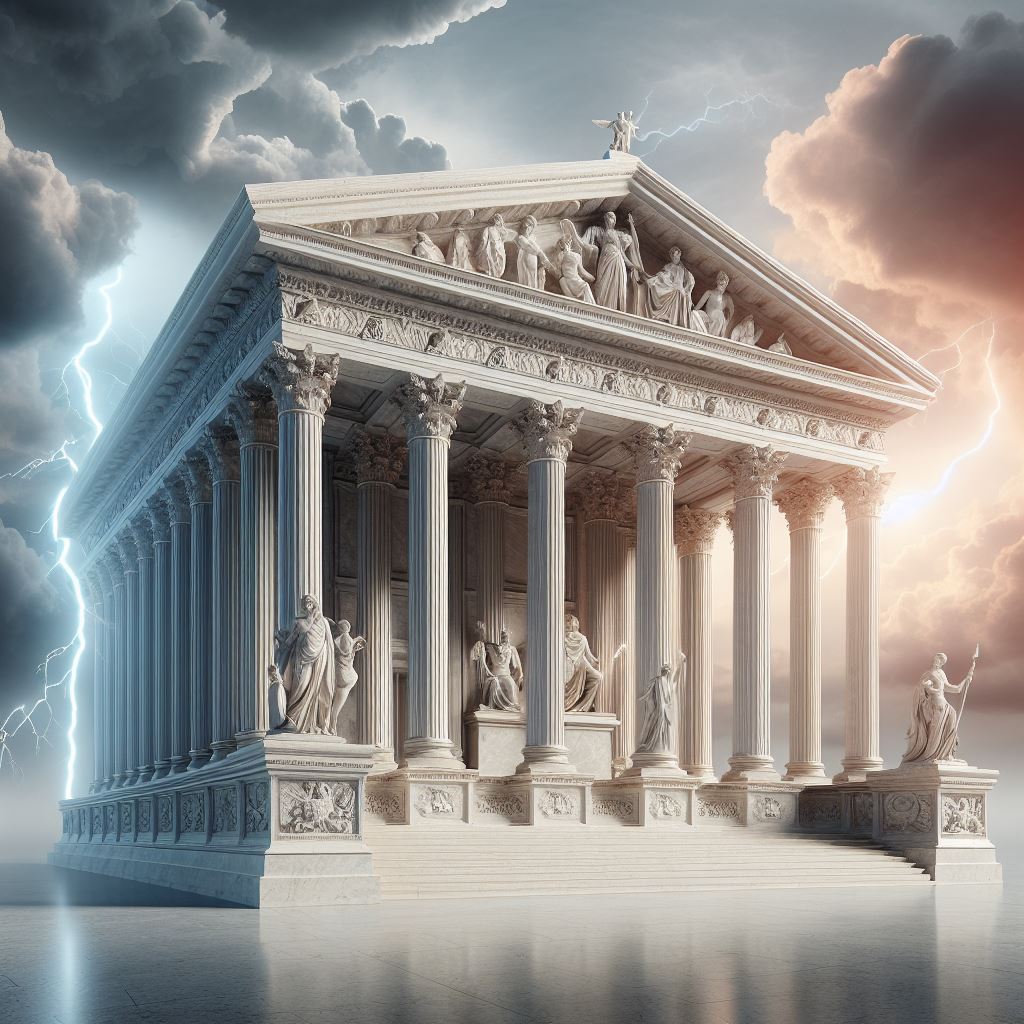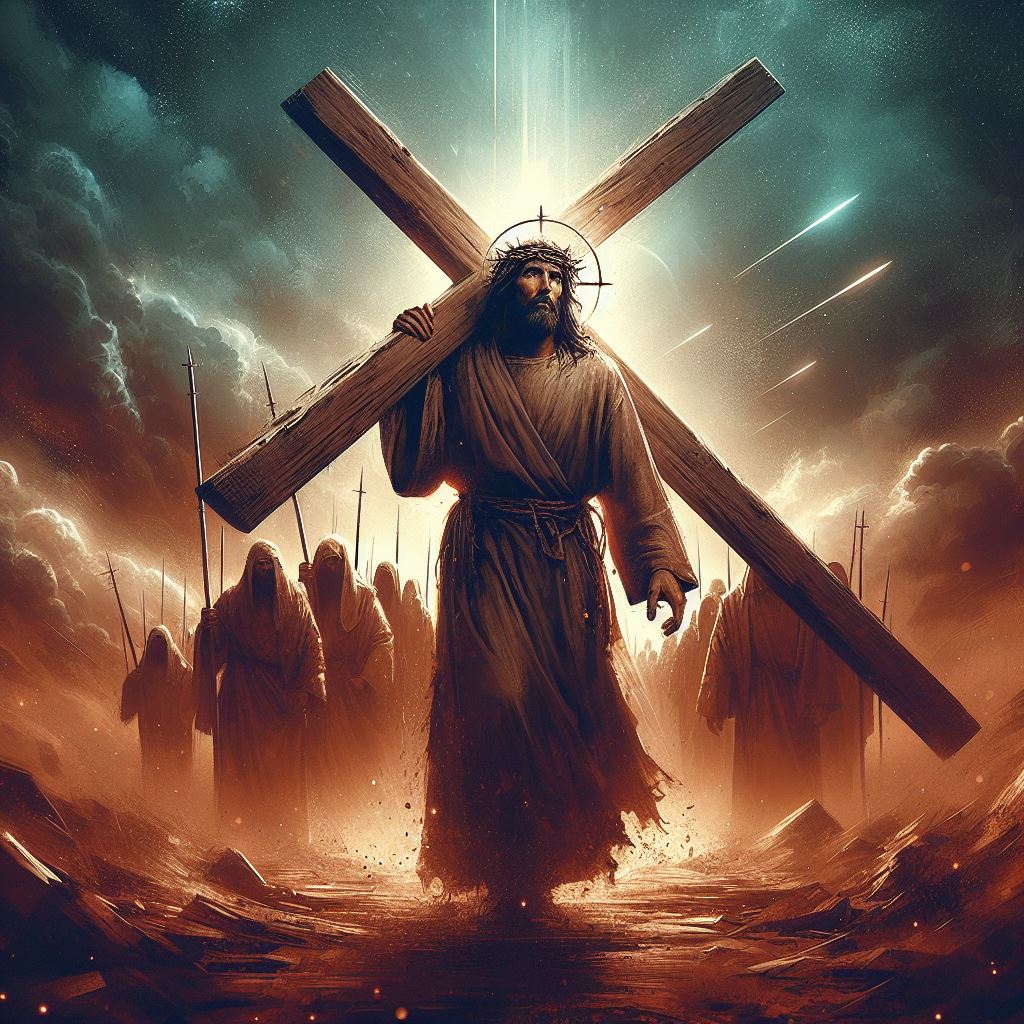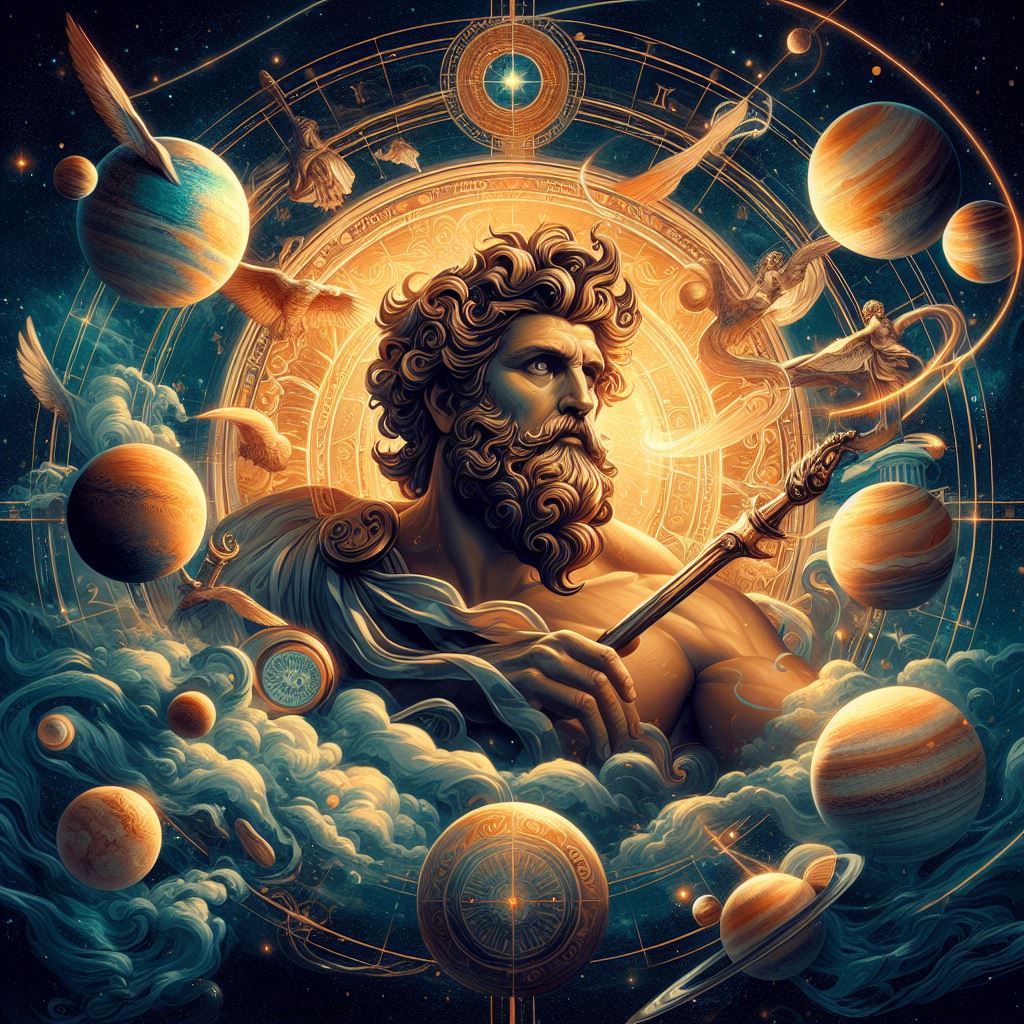Roman religion, deeply rooted in the cultural fabric of ancient Rome, played a pivotal role in shaping the lives, beliefs, and behaviors of its people. It encompassed a rich tapestry of myths, rituals, and cults that evolved over centuries, reflecting the complex interplay between indigenous Italic traditions, Greek influences, and later imperial cults.
At the heart of Roman religion lay a polytheistic worldview, where a pantheon of gods and goddesses presided over various aspects of life, nature, and human affairs. Chief among them was Jupiter, the king of the gods, associated with thunder and lightning, and often depicted wielding a thunderbolt. Juno, his consort and sister, represented marriage and childbirth, while Neptune ruled over the seas and Minerva over wisdom and crafts. Other prominent deities included Mars, the god of war, Venus, the goddess of love and beauty, and Diana, the huntress.
This pantheon was not static but dynamic, with new deities being incorporated over time to reflect changing societal needs and influences from conquered territories. For instance, the cult of the Persian god Mithras gained popularity among Roman soldiers, while the worship of the Egyptian goddess Isis spread throughout the empire.
Central to Roman religious practice were rituals aimed at appeasing and honoring the gods. Public ceremonies, conducted by priests known as pontiffs, were integral to the functioning of the state and included sacrifices, processions, and festivals. One of the most important rituals was the annual festival of Saturnalia, dedicated to the god Saturn, during which social norms were temporarily overturned, and revelry prevailed.
Private religious practices also played a significant role in the lives of individuals and families. Household gods, known as the Lares and Penates, were venerated to ensure domestic harmony and prosperity. Families conducted regular offerings and prayers at household shrines, seeking divine protection and guidance.
The Romans believed in the concept of numina, divine forces inhabiting all aspects of the natural world. Sacred sites, such as temples, groves, and springs, were believed to be imbued with these numinous qualities and served as focal points for religious activities. The most revered of these sites was the Temple of Jupiter Optimus Maximus on the Capitoline Hill in Rome, dedicated to the city’s patron deity.
Religious authority in Rome was closely intertwined with political power. The pontiffs, headed by the Pontifex Maximus, held significant influence and were responsible for interpreting religious law, overseeing rituals, and maintaining the official religious calendar. Emperors, particularly during the imperial period, often sought to align themselves with divine authority, promoting cults that deified them or their ancestors.
Roman Temples
Introduction Roman temples are a fascinating glimpse into the architectural genius and religious fer…
Christian Roman Empire
The Christian Roman Empire stands as a remarkable chapter in the annals of history, marking a signif…
Ancient Roman Paganism
Ancient Roman paganism stands as a captivating chapter in the history of human spirituality. Rooted …
Religion In Roman Times
In the vast expanse of history, few periods rival the grandeur and complexity of Roman civilization.…



